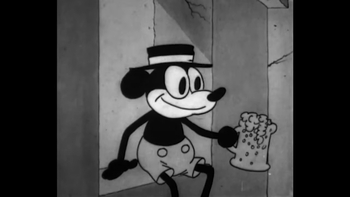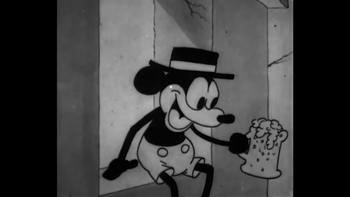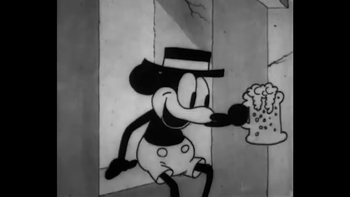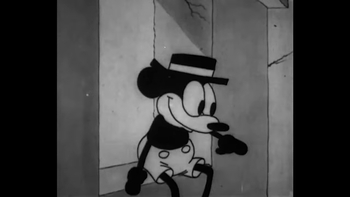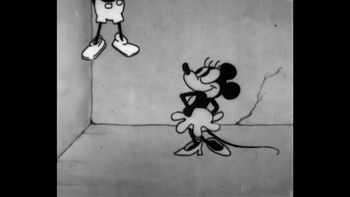Lebanese Films Matter : A Shared Memory
An overview of the Lebanese archives.
2025-05-13
Prudence Castelot, Vanessa Helou
Damaged Films Matter
A survey of digital film restoration techniques. How to repair damaged films?
2025-01-19
Clémence Farenc, Prudence Castelot
Before Filmatters
A history of cinema in the days before the cinematograph.
2024-12-01
Prudence Castelot
